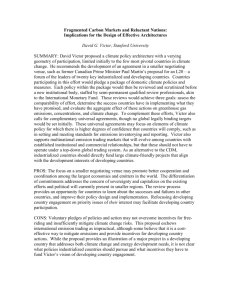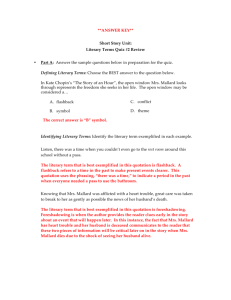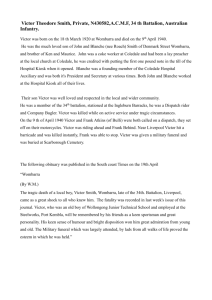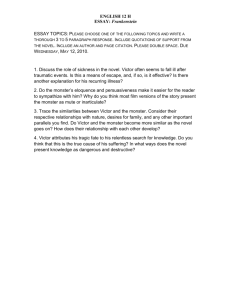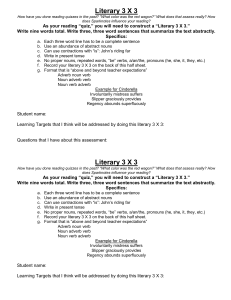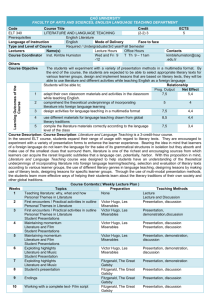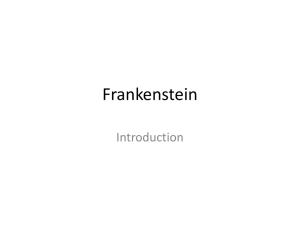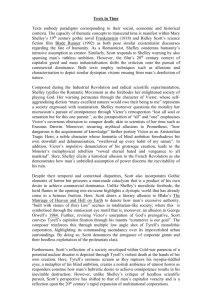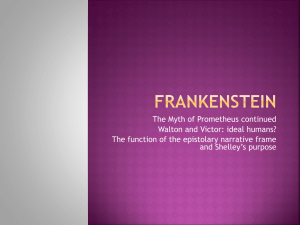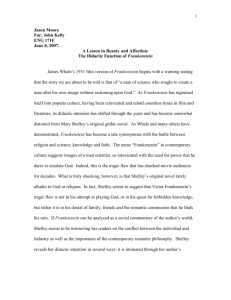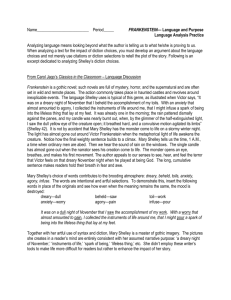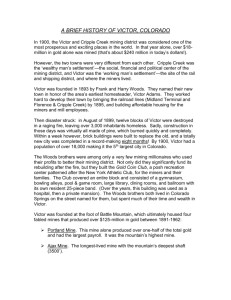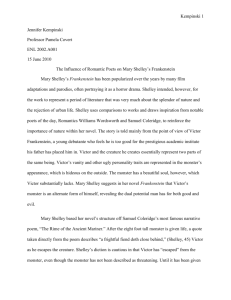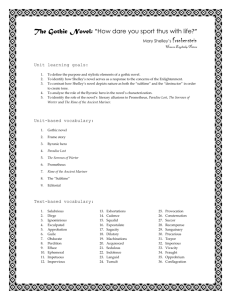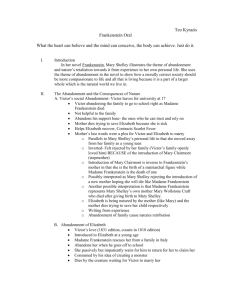Verbs of Authorial Intent
advertisement
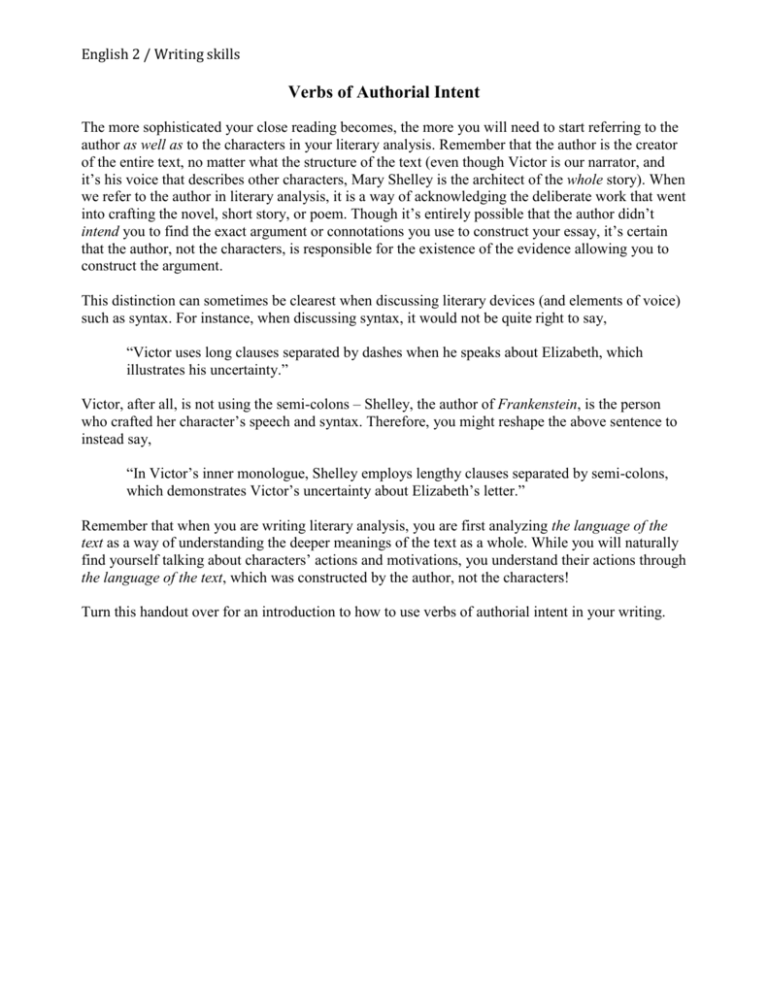
English 2 / Writing skills Verbs of Authorial Intent The more sophisticated your close reading becomes, the more you will need to start referring to the author as well as to the characters in your literary analysis. Remember that the author is the creator of the entire text, no matter what the structure of the text (even though Victor is our narrator, and it’s his voice that describes other characters, Mary Shelley is the architect of the whole story). When we refer to the author in literary analysis, it is a way of acknowledging the deliberate work that went into crafting the novel, short story, or poem. Though it’s entirely possible that the author didn’t intend you to find the exact argument or connotations you use to construct your essay, it’s certain that the author, not the characters, is responsible for the existence of the evidence allowing you to construct the argument. This distinction can sometimes be clearest when discussing literary devices (and elements of voice) such as syntax. For instance, when discussing syntax, it would not be quite right to say, “Victor uses long clauses separated by dashes when he speaks about Elizabeth, which illustrates his uncertainty.” Victor, after all, is not using the semi-colons – Shelley, the author of Frankenstein, is the person who crafted her character’s speech and syntax. Therefore, you might reshape the above sentence to instead say, “In Victor’s inner monologue, Shelley employs lengthy clauses separated by semi-colons, which demonstrates Victor’s uncertainty about Elizabeth’s letter.” Remember that when you are writing literary analysis, you are first analyzing the language of the text as a way of understanding the deeper meanings of the text as a whole. While you will naturally find yourself talking about characters’ actions and motivations, you understand their actions through the language of the text, which was constructed by the author, not the characters! Turn this handout over for an introduction to how to use verbs of authorial intent in your writing. English 2 / Writing skills Verbs of Authorial Intent: A How-to Guide As you begin to refer directly to the author, it will be natural to use phrases like “the author writes,” or “the author uses.” These are perfectly fine phrases at first, but as your writing develops, you will want to consider other options that are slightly more precise. Below are some alternate verbs of authorial intent: catalogs hints constructs intertwines crafts knits creates molds details paints endows provokes entwines renders extracts records fashions weaves generates highlights Some sample sentences using the above words: Fitzgerald highlights Nick’s angst through the use of dramatic words like “misery,” “desolation,” and “remorse” (45). Fitzgerald intertwines the language used to describe Gatsby’s emotions with language describing his palatial house, emphasizing the extent to which Gatsby is inseparable from his material possessions. With this lavish description of Victor’s dream, full of imagery connected to blood and cemeteries, the author details the extent to which the creation of the monster is connected to violent death. Throughout Elizabeth’s letter, Shelley weaves in words of submissiveness and resignation. Employing highly specific sensory details in her story—“nixtamal,” “giant cat-eye with a grasshopper green spiral”—Cisneros fashions a world in which it matters less what the characters do than what they see, hear, and touch.
